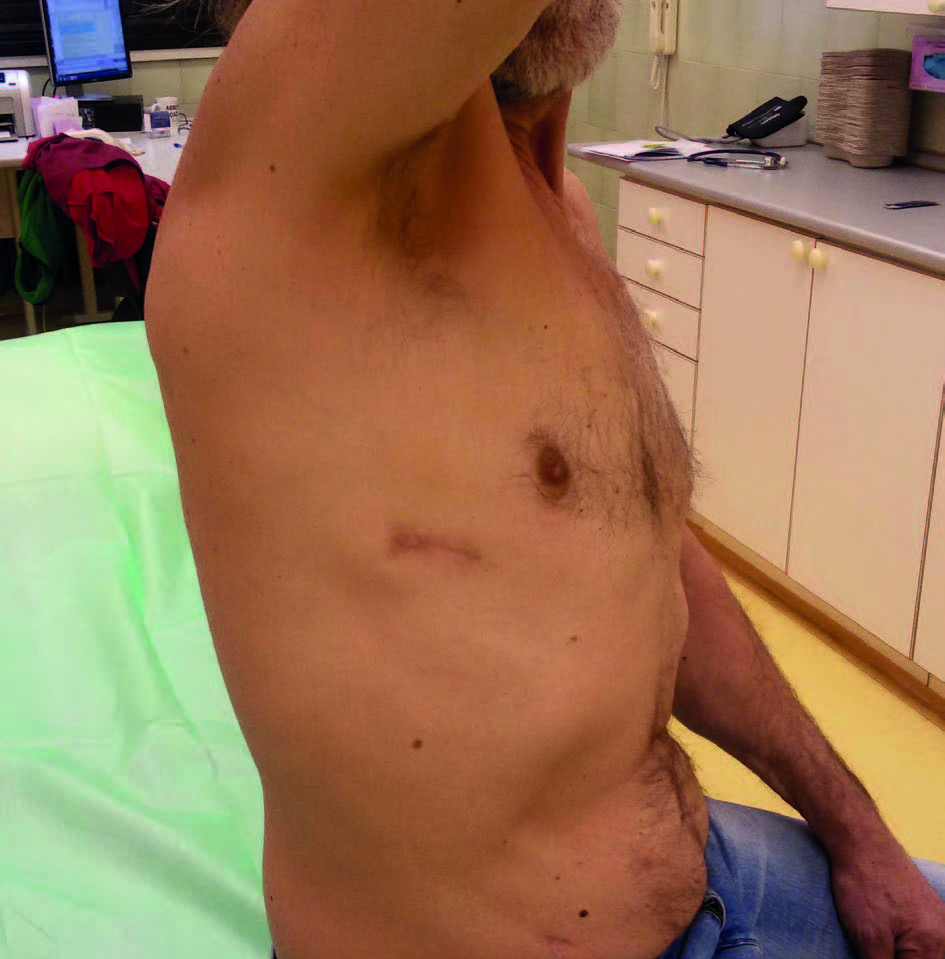Abstract
Introduction: The use of video-assisted (VATS) and robotic-assisted (RATS) thoracoscopic surgery for anatomical pulmonary resections has been rapidly increasing. This study aimed to analyze our results of minimal invasive lobectomies to safely introduce these techniques to our practice.
Methods: Starting these new programs we followed the recommended steps including case observations and a proctoring. We retrospectively analyzed the data of our 7-year experience with VATS lobectomies and 1-year experience with RATS lobectomies.
Results: 128 minimal invasive lobectomies were performed between 4/2015 and 4/2021 in our center. The mean age of our patients was 64.7±10.5 years; 61 (47.7%) were women and 67 (52.3%) were men. Pulmonary malignancy was the main indication in 116 (90.6%) patients, including 2 patients with localized small cell lung cancer (SCLC). In 12 (9.4%) cases we operated for bronchiectasis and benign lung lesions. Stage I lung cancer was found in 57 (66.3%), stage II in 22 (25.6%) and stage III in 7 (8.1%) patients. We performed 110 VATS and 18 RATS lobectomies with a clear shift from triportal VATS to uniportal VATS and RATS in the last years. The mean operative time was 166±55.5 minutes and a conversion was approached in 8 (6.2%) cases (4 bleedings – less than 300 ml in all cases, 3 oncological cases, 1 case for a technical reason). The median postoperative length of stay was 4 days.
Conclusion: VATS and RATS lobectomy has become a standard approach for early stages of lung cancer. Respecting the rules of introducing...

